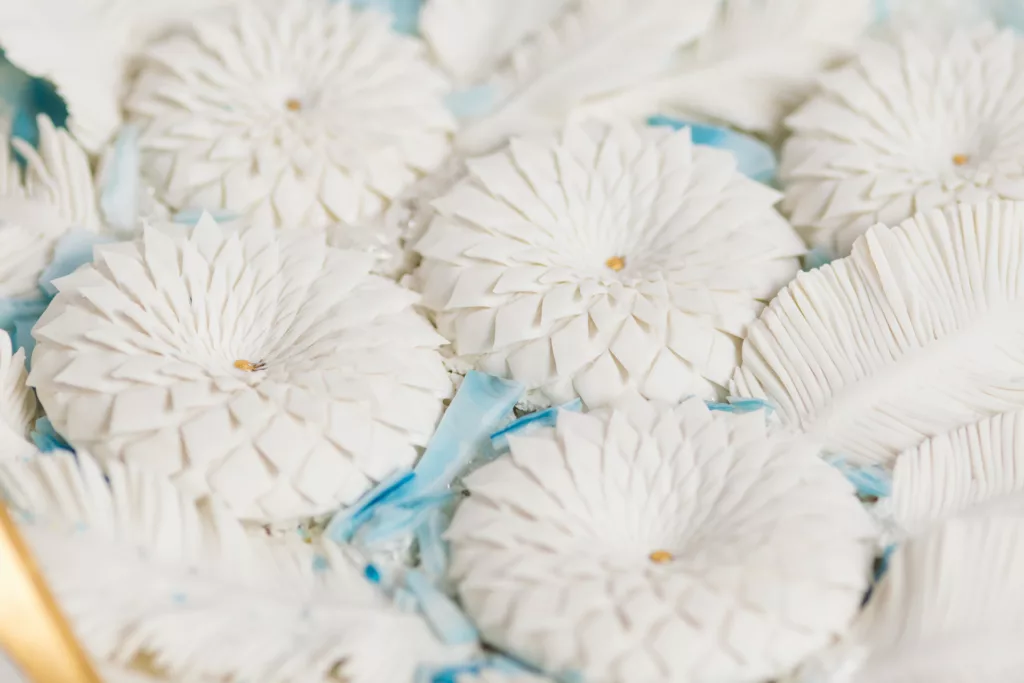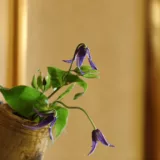
As the early days of September settle in, Japan prepares for Chōyō no Sekku (the Chrysanthemum Festival), one of its five traditional seasonal celebrations. This festival, held on the ninth day of the ninth month, is a time to reflect on the beauty of chrysanthemums and their deep symbolism of longevity and good fortune. With the festival just around the corner, it’s the perfect moment to explore the enduring relationship between this iconic flower and Japanese culture. From ancient rituals to modern artistic expressions, chrysanthemums bloom in Japan’s rich cultural landscape.
The Chrysanthemum: An Emblem of Longevity
The chrysanthemum, native to East Asia, was first introduced to Japan around the 8th century. Its beauty and symmetry quickly caught the attention of the Japanese aristocracy, who associated the flower with purity, longevity, and rejuvenation. Over time, the chrysanthemum became a symbol of autumn, often depicted in seasonal poetry and artwork.

The Imperial Family and the Chrysanthemum Crest: A Legacy Rooted in History
The connection between the chrysanthemum and Japan’s imperial family is profound and historically significant. The kiku emblem, known as the 16-petaled chrysanthemum crest, has been associated with the imperial family since the Kamakura period (1185–1333). It was Emperor Go-Toba who first adopted the chrysanthemum as a symbol of power. A passionate art lover, Go-Toba was an accomplished poet, calligrapher, and swordsmith. His fascination with the chrysanthemum went beyond its beauty—a symbol of refinement and endurance that he aligned with the strength of the emperor’s rule.
Chrysanthemums and the Katana: A Symbol of Power
Emperor Go-Toba also had a unique connection to Japanese swords, or katana, adding another layer to the symbolism of the chrysanthemum. Known to engage in sword-forging personally, Go-Toba commissioned the finest swordsmiths of his era and often marked the blades with the chrysanthemum crest, linking the flower to the sword’s spirit. This association of the chrysanthemum with the imperial family and the katana forged a symbolic bond between nature’s elegance and the might of the samurai.
In modern Japan, the chrysanthemum crest appears on high-quality swords, reflecting both craftsmanship and honor. It’s no surprise that during the recent tōken (sword) boom, younger generations are rediscovering the beauty and significance of these historical weapons. The connection between chrysanthemums and the sword is celebrated in traditional art and through popular culture, where the reverence for both remains strong.
The Chrysanthemum and the Sword: A Modern Resurgence
The symbolic pairing of chrysanthemums and swords has reemerged in Japan’s recent fascination with historical and cultural artifacts. The tōken boom, which sees a revival in interest in Japanese swords, has sparked a deeper appreciation for the artistry and the historical significance of the katana. This cultural resurgence ties into the chrysanthemum’s historical association with the sword as a symbol of strength and beauty.
Exhibitions of swords adorned with chrysanthemum motifs continue to attract attention from younger audiences, many of whom are drawn to the romance and power of Japan’s past. These displays highlight the mastery of sword-making and the deep-rooted connection between the imperial family’s chosen flower and the spirit of the warrior class. Like the chrysanthemum, the katana embodies grace and resilience, making their association a timeless and compelling narrative in Japanese culture.
Chrysanthemums in Traditional Kogei craft
Chrysanthemums also play a significant role in Japan’s traditional Kogei crafts. In textile arts, such as kimono design, the flower is a popular motif, symbolizing autumn and longevity. In ceramics and lacquerware, chrysanthemum patterns are often intricately carved or painted to represent elegance and refinement. The careful craftsmanship in creating these works echoes the same attention to detail seen in cultivating the flower.
At Kogei Art KYOTO, Yuko Hayashi’s works, created using a ceramic technique inspired by the Japanese confectionery technique of forming chrysanthemum petals with scissors and applying them to ceramics, are gaining great interest.


Chrysanthemums continue to bloom in Japan’s cultural consciousness, from the imperial family to everyday life. Their timeless beauty and deep symbolism make them an enduring symbol of Japan’s artistic and historical identity.




